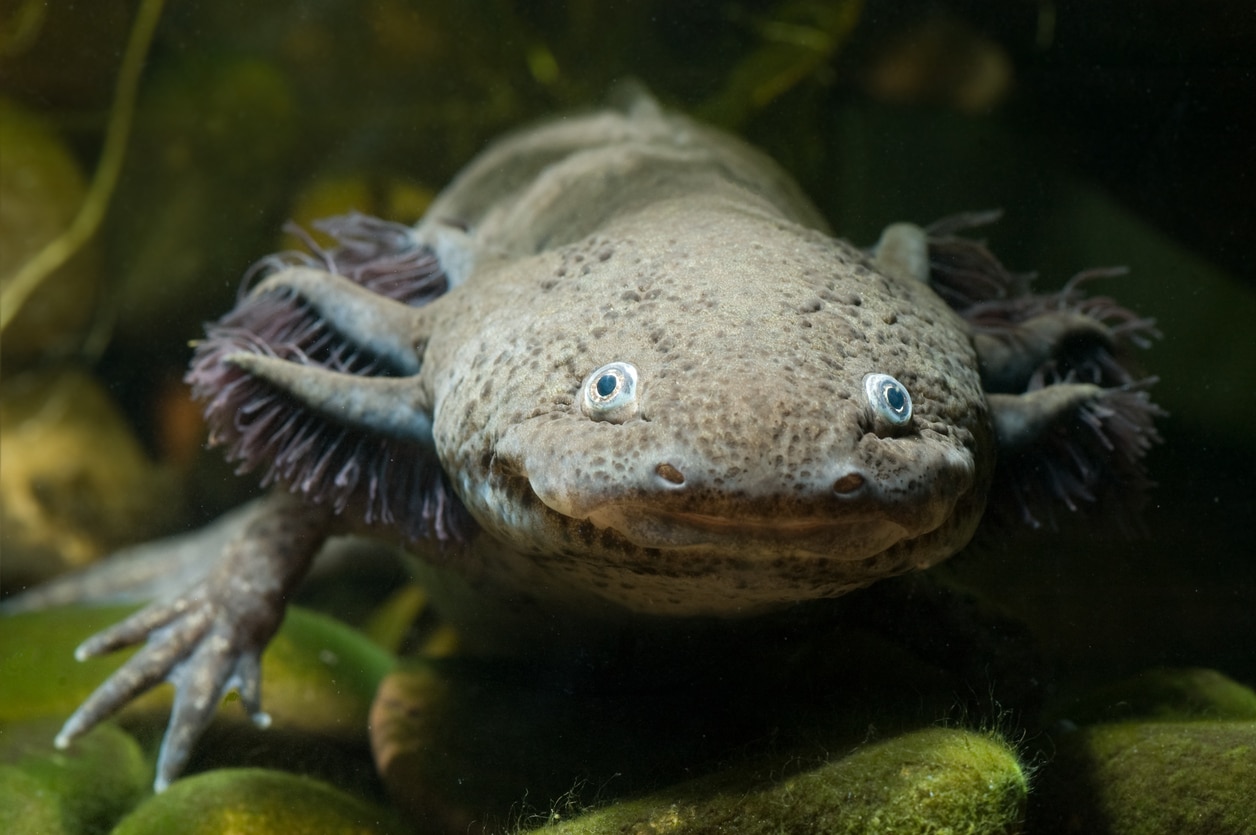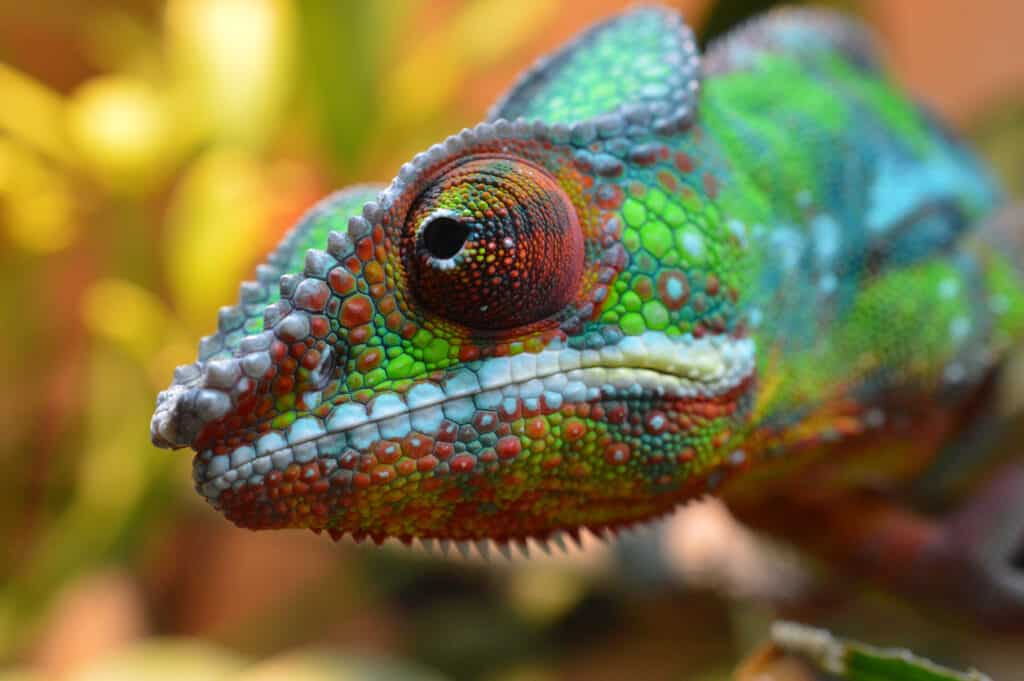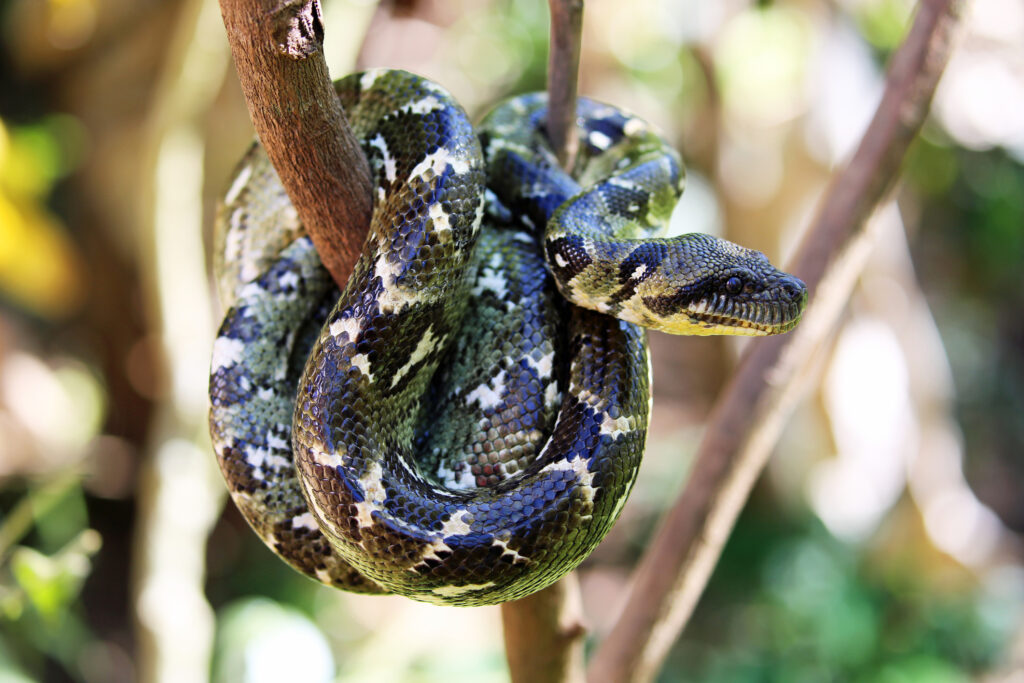Taking a Closer Look at the Anatomy of an Axolotl
An expert at staying young, the axolotl is an exciting creature for casual animal enthusiasts and marine experts alike.
Want to uncover the secrets of their youthful looks? From their ability to regenerate body parts to the juvenile salamander features they hold onto into adulthood, let’s explore all aspects of the axolotl anatomy.
What do axolotls look like?
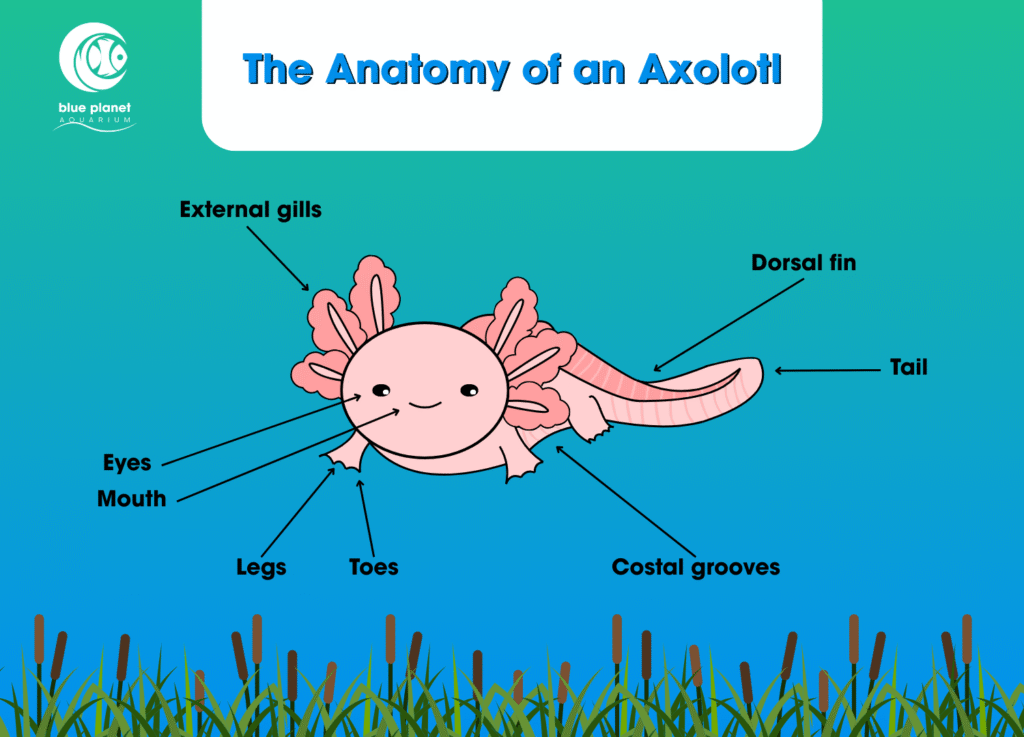
The axolotl (Ambystoma mexicanum) is a salamander with a very unique appearance. Often pink or grey, these cute creatures are native to Lake Xochimilco and Lake Chalco, which are both freshwater lakes in Mexico. However, due to their adorable features, axolotls have become popular pets all around the world.
The most stand-out aspect of their appearance is their youthful features. Axolotls never outgrow their larval stage or go through metamorphosis, which is a rare phenomenon in the animal world called neoteny. Put simply, this means their development is significantly slowed.
As well as keeping their juvenile features like their feathery gills and webbed feet, they also develop adult salamander features such as lungs and reproductive organs. While seeming small at only around 12 inches, they’re actually one of the larger species of salamander.
Axolotl anatomy in more detail
Dorsal crest
Their dorsal crest runs down the length of their bodies and helps stabilise them when swimming. Other species of salamander lose their dorsal crest as they develop into adulthood, but axolotls retain this throughout the entirety of their lives.
Legs
When axolotls are born, they initially have no legs. But as they develop, they grow both front and back legs.
Their front feet have 4 toes each, while the back feet have 5 toes. All their feet are webbed, although the webbing is more pronounced on the back legs. This is thought to help them swim better.
Costal grooves
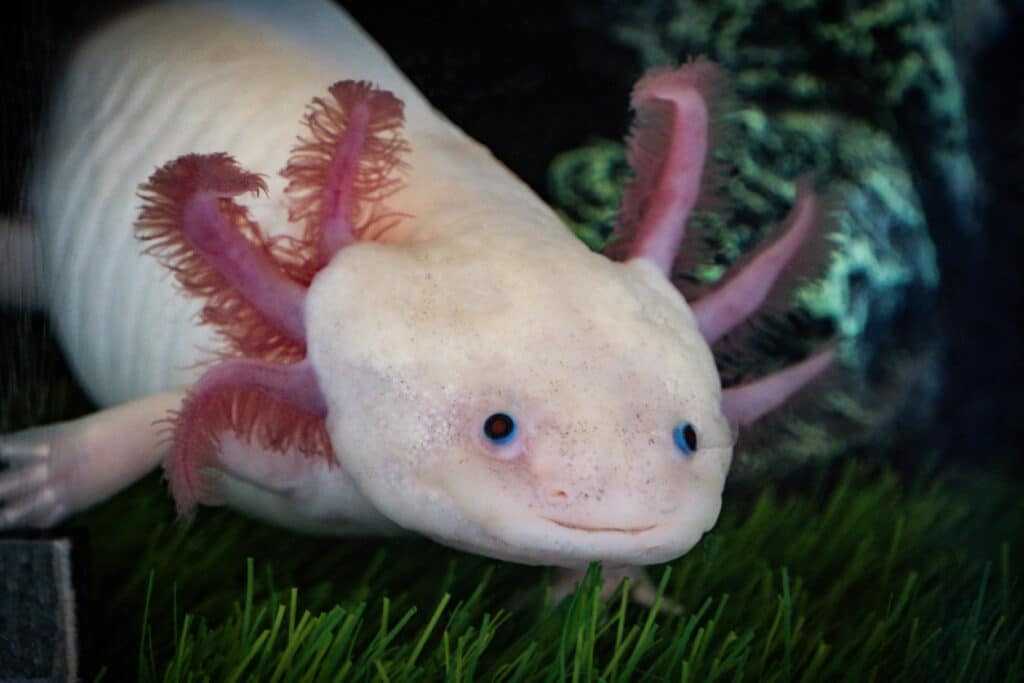
The lines you can see on the sides of an axolotl are called costal grooves. These grooves contain many blood vessels, and axolotls will use their costal grooves to support thermoregulation and respiration.
External gills
Their external gills are one of their most famous features. These feathery body parts are used for respiration, providing an axolotl with a steady flow of oxygen from the water. While they develop lungs as they grow into adults, they never lose their gills and continue to rely on these to help them breathe.
Eyes
Axolotls have weak eyesight and lack eyelids, meaning they can’t blink. They’re also more sensitive to light and tend to prefer darker areas because of this.
They rarely rely on their eyesight to move around and find their next meal. Instead, they use their sense of smell to navigate their surroundings.
Mouth
One of the most iconic features of the axolotl is their seemingly permanent smile. In reality, this is just the shape of their mouths and the natural placement of their facial muscles. They sometimes also leave their mouths open after eating, adding to the happy appearance.
Axolotls have teeth inside their mouths, although they’re unlike ours. They’re soft and small, mostly being used to grip their food rather than for chewing.
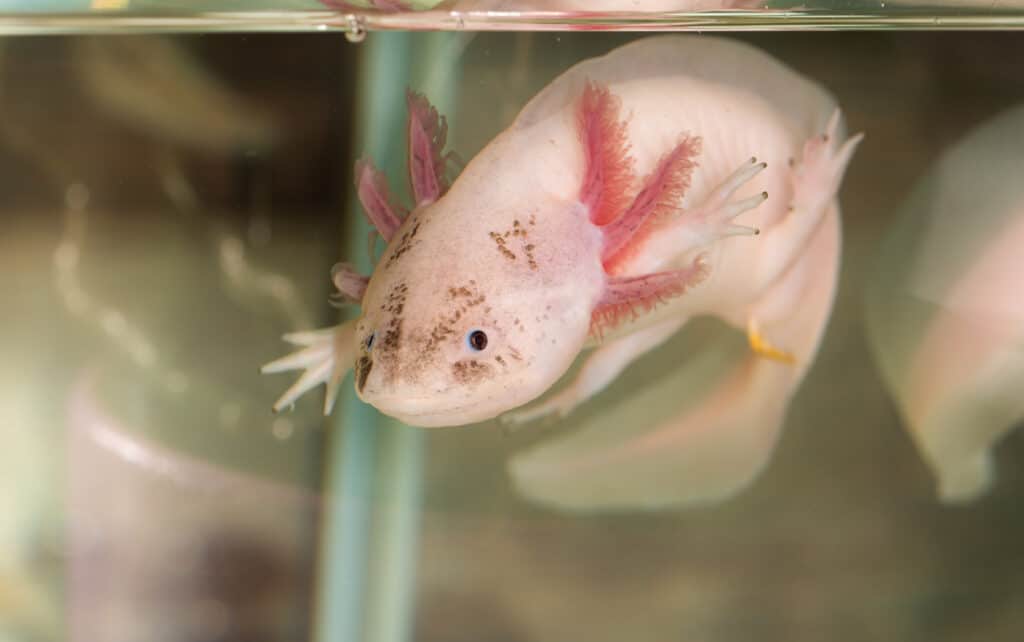
Axolotls can regenerate body parts
That’s right, axolotls can grow back their legs, tail, gills and even parts of their heart and brain.
How do they grow back limbs? Shortly after it being damaged, the axolotl’s blood begins to clot, just like when we get a cut or scratch. After a few hours, the skin cells have divided and covered the wound. Nearby skin cells then migrate to the area, forming a blob of living matter, called blastema, which regrows over time. Depending on how the limb is damaged, sometimes an axolotl can grow an extra leg or toe! This process is the same as when baby animals, including us humans, are forming their limbs in the early stages of development.
Now you’re clued up on the anatomy, why not come along and test your knowledge on a visit to Blue Planet Aquarium, where you can see our axolotl and more!
